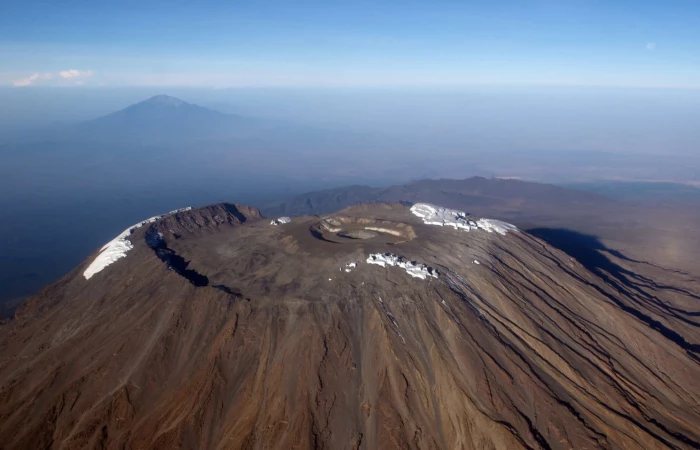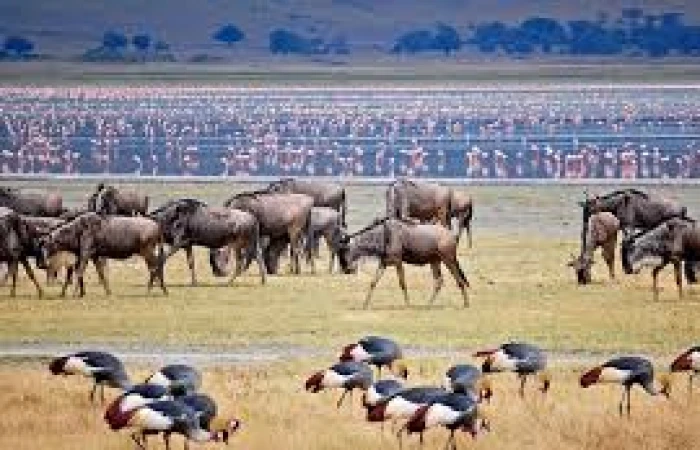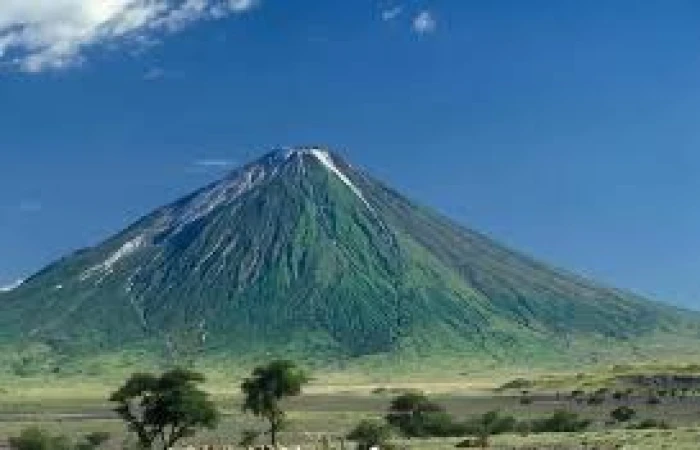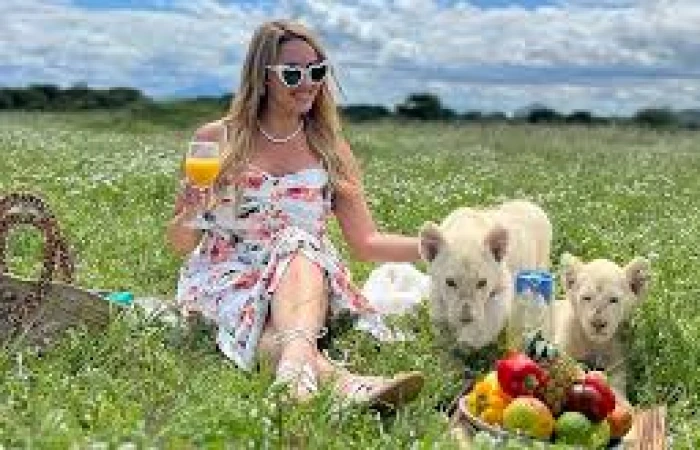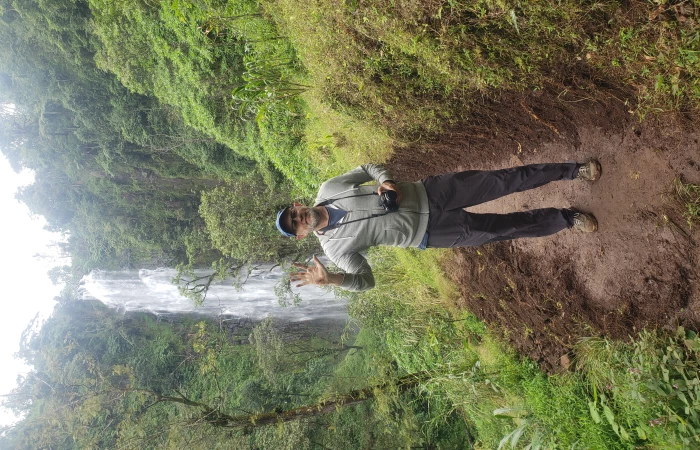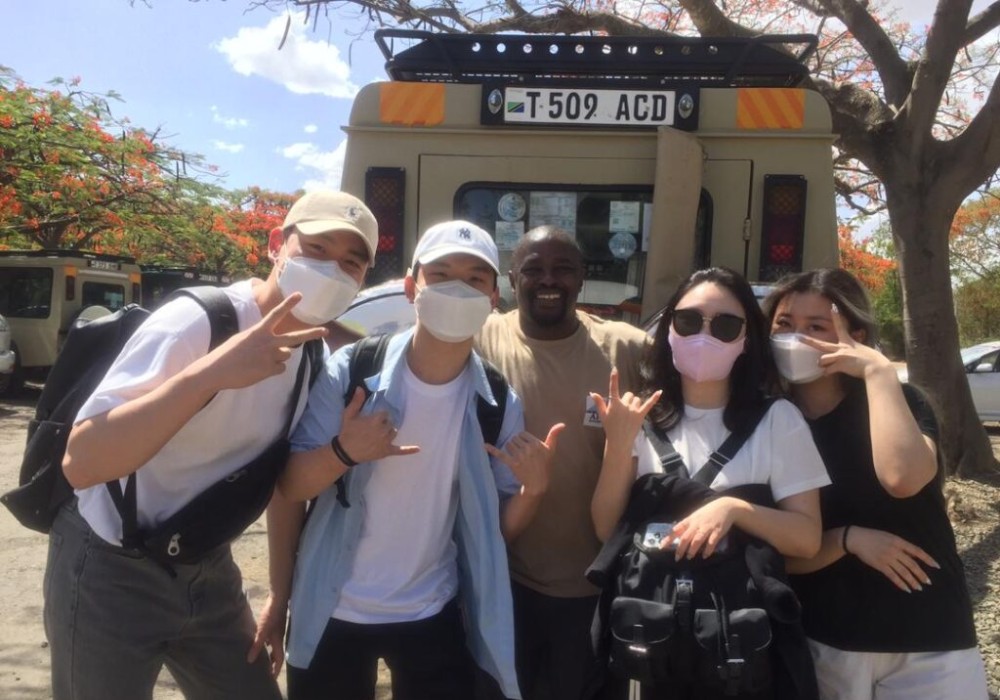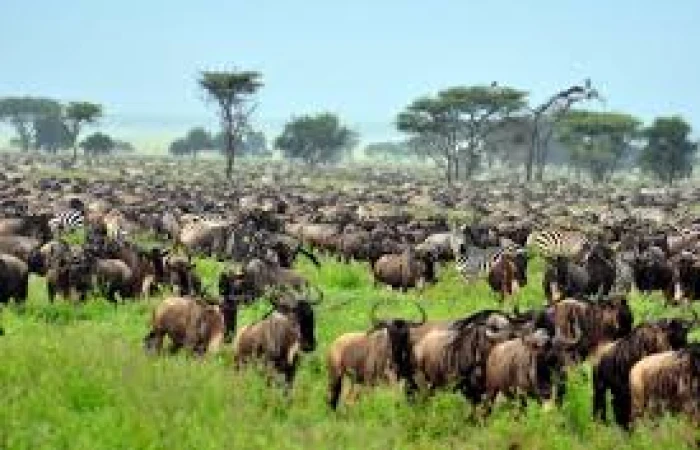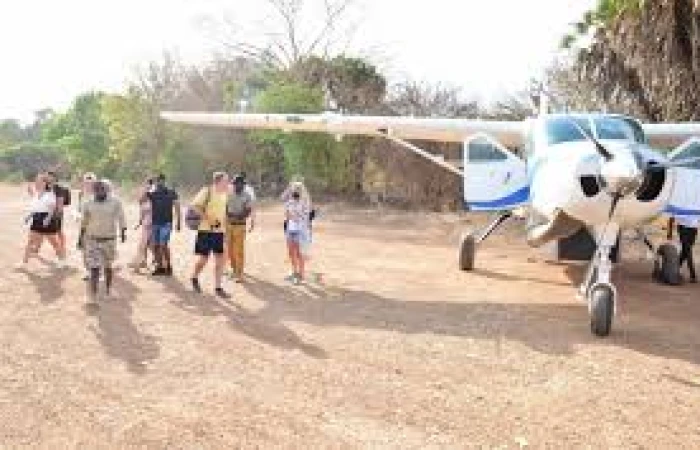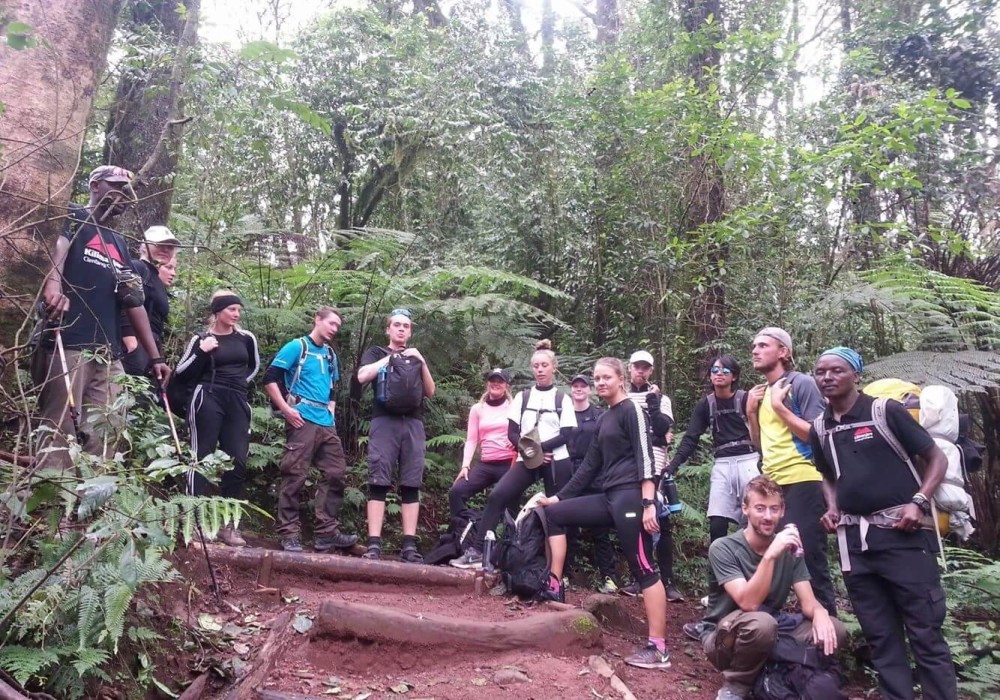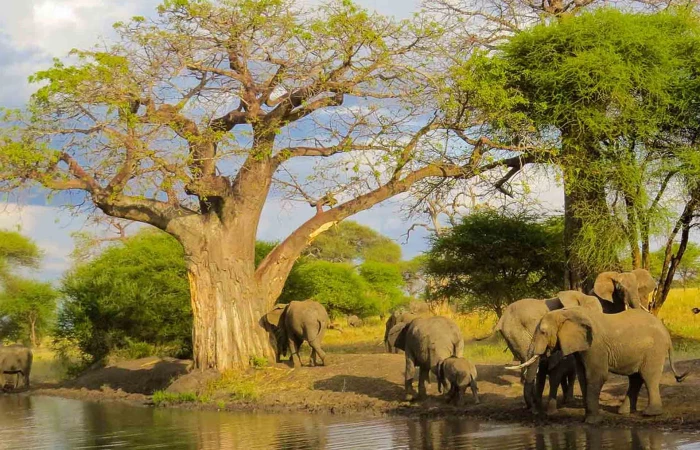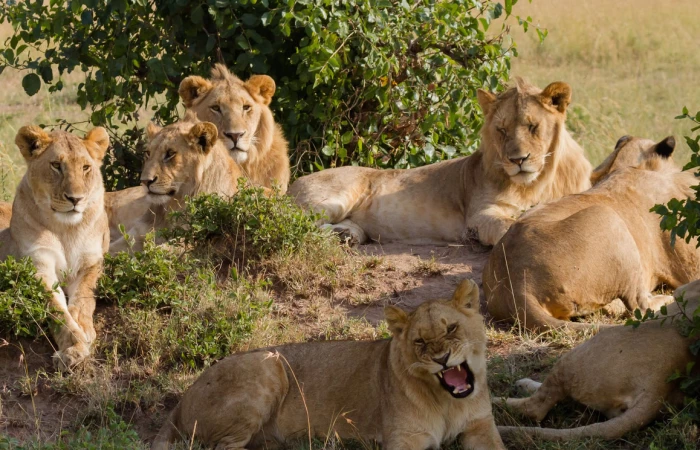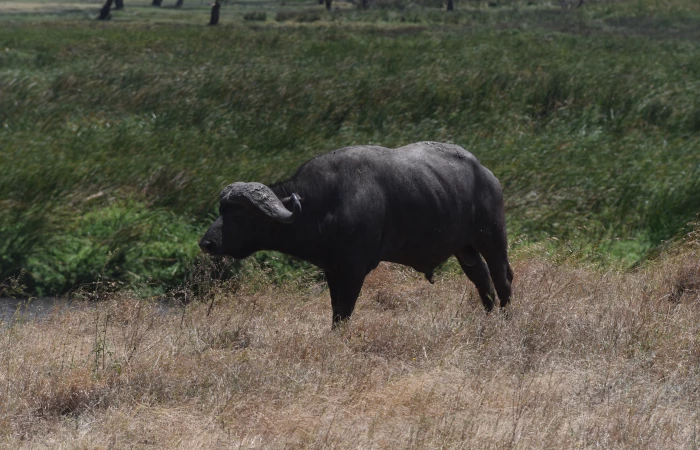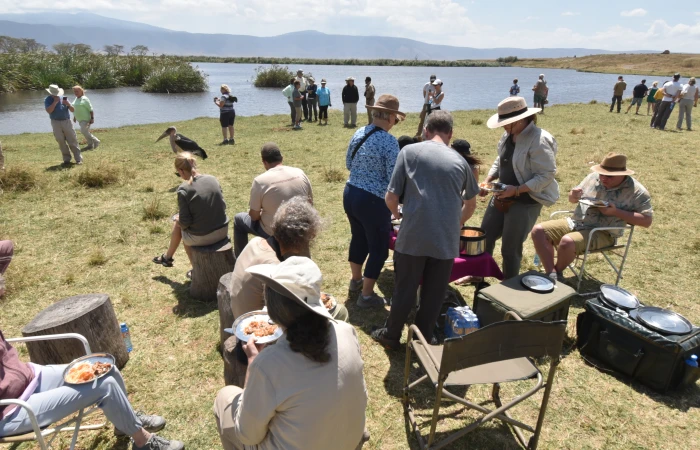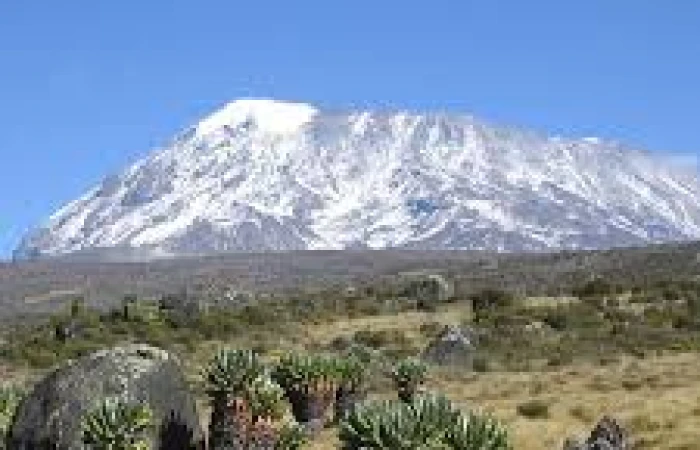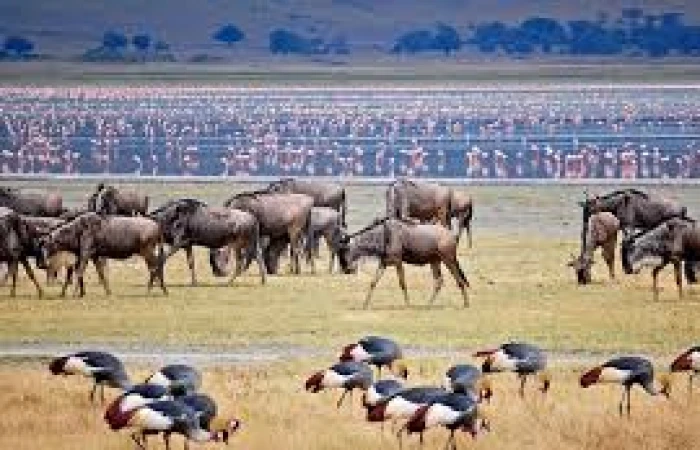Tour highlight
- Main Destination :Kilimanjaro
- Tour may be offered as :
- Trek
- Tour Duration:Day: 8Night: 7
- You Visit:
- Moshi
- Lemosho
Tour Over View:
The Lemosho Route is a newer route on Mount Kilimanjaro that approaches from the west. It is a difficult and long route, but one that is favored by most reputable Kilimanjaro outfitters due to its smaller crowds, scenic variety, and high success rates. The Lemosho Route is a newer route on Mount Kilimanjaro that approaches from the west. It is a difficult and long route, but one that is favored by most reputable Kilimanjaro outfitters due to its smaller crowds, scenic variety, and high success rates.
Tour itinerary:
The Lemosho Route is often considered the most beautiful of all the trekking trails up Mount Kilimanjaro. It crosses the entire Shira Plateau from west to east in a pleasant, relatively flat hike. Crowds are low until the route joins the Machame route near Lava Tower.
Lemosho route Kilimanjaro SummitIt is one of the newer routes on the mountain and shares a portion of the same path as Machame route, although it holds a few advantages over that route that definitely make worth considering, particularly for travelers who have some extra time.
Starting the western flanks of Mount Kilimanjaro at the Londorossi Gate, the Lemosho Route wanders its way up one of the more remote sections of the mountain.
The trail takes hikers through a beautiful rain forest where they might have the chance to spot wildlife along the way. Black and white colobus monkeys are routinely seen in the forests, as are blue monkeys, small lizard,s and a wide assortment of birds. From there, the path wanders out onto the Shira Plateau, crossing it from west to east on relatively flat and easy to walk terrain.
The early days on the Lemosho Route provides plenty of solitude, as this trail sees far less traffic than Machame route and Marangu route. This makes an already-great trekking adventure even more spectacular as at times it will feel like you have the entire mountain to yourself.
Eventually however, Lemosho route merges with Machame route, and the amount of traffic begins to increase. But if you’re looking for a little peace and quiet in the early going of the climb, this is a great option.
Because it follows the Machame Route for a portion of the climb, much of the same scenery is found on Lemosho route as well, including the Lava Tower and Barranco Wall. But, in those first few days this trail offers some unique views of the surrounding landscapes that aren’t visible from any other place on the mountain.
Travelers will get the chance to wander through pristine rain forests and hike up to the Shira Plateau, where once above the tree line stunning vistas await.
Because of its remote nature and lengthier route, Lemosho takes a few extra days to trek. Most people spend seven or eight days on this trail, which causes the success rate to increase fairly dramatically.
If you’re looking to maximize your chances of reaching the top of the mountain, this is certainly one of the best options to choose, particularly over Machame route and Marangu route. Despite the higher success rate, however, it should be noted that Lemosho route is a more strenuous hike than the “Whiskey” and “Coca-Cola” routes.
There are certain sections of the trail that are steeper and more demanding, and of course trekkers spend an extra night or two sleeping in tents as well. Still, the advantages of this route truly make it stand out from the others, making it an increasingly popular choice for adventurous travelers.
Climbing Kilimanjaro offers Lemosho as a 7- or 8-day climb. The seven day variation combines days five and six, going from Barranco Camp to Barafu Camp without staying at Karanga.
Lemosho Route 7 Days Itinerary Overview
Starting from Londorossi Gate to the summit and finishing at Mweka Gate.For a day-by-day itinerary for the Lemosho Route, please click on this link: 7-day Lemosho Route
Lemosho Route: Detailed Itinerary
7 nights / 8 days of climbing
Day 1: Lemosho Glades
From your lodge, we will make our way to the Londorosi gate on the western side of Mt. Kilimanjaro (a few hours drive from Arusha). We will begin our hike at the Lemosho trailhead. Please note that in rainy/muddy conditions, sometimes the vehicles can’t make it to the true trailhead so there can be some extra hiking – After a picnic lunch, we will hike for about 4 hours to the forest camp.
In the forest, exotic moss and flowers delight the eye while bird calls entertain the ear. You may see Black and White Colobus monkeys as well as signs of the elephants that travel in this area. We will overnight at Forest Camp.
- Hiking: 3-4 hours
- Overnight Altitude ~9,498’
Day 2 – Shira Plateau
As we leave the Montane Forest and enter the Hagenia zone, our views open and we will catch our first views of the Kibo peak. This is a good acclimatization hike, as we go up and down several ridges along the way to our highest point of the day at 11,500’ before descending to camp. Overnight at Shira 1 Camp.
- Hiking: 6-9 hours
- Overnight Altitude 11,500’
Day 3 – Moir Camp
We will traverse the Heath zone of the Shira Plateau and begin climbing the western slope of the Kibo Massif. Along the way, we will enjoy a picnic lunch at Scott Fisher memorial camp (the well-known Mt. Everest guide). We will continue on to the upper heath zone and Moir camp. Depending on the weather, acclimatization hikes can be arranged in the late afternoon
- Hiking: 5-6 hours
- Overnight Altitude: ~13,650′
Day 4 – Barranco Camp
We leave the heath zone and enter the alpine zone as we hike 4-6 hours past Lava Camp (up to about 14,300’) with its volcanic landscape and then down a bit into the scenic Barranco Valley to camp.
- Hiking: 4-6 hours
- Overnight Altitude: ~13,044′
Day 5 – Karanga Camp
Ascend the Great Barranco Wall with views of Kilimanjaro’s ice fields, then hike up and down across some small valleys on your way to Karanga Camp.
- Hiking: 3-5 hours
- Overnight Altitude: ~13,106′
Day 6 – Barafu Camp
Hike about 3-5 hours to Barafu Camp, again with some ups and downs across small valleys. After settling into camp, we’ll have a demonstration on use of safety equipment such as the Gamow (hyperbolic) bag and oxygen. Early supper and rest in camp before your wake-up call to start your summit ascent around 11:00 PM or midnight.
- Hiking: 3-5 hours
- Overnight Altitude: ~15,100’
Day 7 – Summit and Mweka Camp
Summit day. We will start our ascent to the summit (19,340ft – 5,896m) around 11:00 PM or midnight the night prior. The goal for you – and numerous other climbers – is to reach the peak right at sunrise. In reality, due to differences in hiking speed, energy, and altitude acclimatization, there is a several-hour span where most climbers reach the summit.
Using headlamps (bring extra lithium batteries, which last much better in cold dark conditions!) you will ascend 6-7 hours to Stella Point and then another 1-2 hours to Uhuru Peak, the summit. After a summit celebration and photo, descend to Barafu camp for lunch and then to Mweka camp to sleep overnight.
Hiking: Very variable on both the up and the down; 12-17 hours typical
- Summit 19,341’
- Overnight Altitude: 10,448’
Day 8 – Mweka Park Gate
We make the final descent to the trailhead today, about 3-5 hours of hiking. Here we will have lunch and say goodbye to our mountain crew before leaving Mount Kilimanjaro and heading back to town. Arrive at your lodge usually between 3-5 PM.
Hiking: 3-5 hours
Lemosho Route Frequently asked questions
The questions and answers below are specific to the Lemosho route.
How difficult is the lemons Route?
The Lemosho route is considered one of the easiest routes on Kilimanjaro, as it’s longer itinerary, allows for better acclimatization. However, hikers will still need to ascend the Barranco Wall and climb steeply on summit night. No technical climbing is required but a good level of fitness is highly recommended. You can read more on training to climb Kilimanjaro and our Kilimanjaro training program page to help you prepare accordingly.
What is the distance of the Lemosho Route and how many days does it take?
The exact trekking distance for the Lemosho Route is 71km or 43 miles. The shortest number of days required for Lemosho Route is 7 days, but by the time you have added on arrival and departure days, it is 10. However, as it is a much longer approach route it is actually best done over 8 or 9 days to increase your changes of success.
What is the Lemosho Route Summit Success Rate?
Due to its longer length profile, summit success rates on the Lemosho route are one of the highest on the mountain. Whilst there are no official statistics, the average success rate across all operators is 90% for the 8-day trek and a 85% success rate for the 7 day trek. However, We have a success rate of over 95% for the 8 day Lemosho route and a 92% success rate for the 7 day option. Read more about how many days it takes to climb Kilimanjaro to know why we recommend longer treks.
What is the Scenery like on the Lemosho Route?
The Lemosho Route is considered to be the most scenically beautiful of all the routes. The route takes trekkers from the west side of the mountain through lush rainforest before joining up with the Lemosho Route to cross the spectacular Shira Plateau. The route takes in the west and south of the mountain and the views are incredible, particularly from on the southern circuit.
Include
- Accommodation & Logistics
- Airport transfers
- Two nights bed and breakfast hotel accommodation
- Return transfers to and from the Kilimanjaro gate
- Excess gear storage at the hotel
- KCC Operations Manager on standby for you during your stay
- Expedition briefing & equipment check
- Kilimanjaro park & camping fees
- Mountain rescue permit
- Staff wages
- Bilingual guides
- Expedition porters & cooks
- 3 hot meals per day & snacks at camp
- Uhuru Peak or Stella Point certificate of achievement
Safety & Equipment
- Helicopter evacuation
- Expedition First Aid Kit
- Medical oxygen and means of evacuation off the mountain
- High quality 3 man Berghaus expedition sleeping tents
- Mess tent with table & chairs
- Boiled water for drinking & washing
- Private toilet
Exclude
- Items & services NOT included
- International flights to and from Kilimanjaro
- Entry visa ($50 Europe / $100 USA) - which can be obtained upon arrival
- Personal travel INSURANCE (specific to high-altitude trekking and travel in rural Africa)
- Gratuities
- Vaccinations for travel to a region

- Everlasting African AdventureTour Expert
- Unusual travel encounters...where spirituality, luxury, and adventure convergeA women-owned business, Everlasting African Adventure offers unique and immersive travel experiences where luxury, adventure, and spirituality come together.
Lemosho route kilimanjaro
Tanzania offers a range of accommodations to suit different preferences and budgets. Options include luxury lodges, tented camps, mobile camps, and budget-friendly campsites. Some lodges and camps are located inside the national parks, while others are situated in private concessions adjacent to the parks.
The duration of your safari depends on your interests and the specific areas you wish to visit. Many people opt for a 4- to 7-day safari, which allows for a good wildlife experience in multiple parks. However, it's also possible to extend your safari and combine it with other attractions, like the beaches of Zanzibar or cultural visits.
Tanzania is known for its diverse wildlife. On a safari, you can expect to see animals such as lions, elephants, giraffes, zebras, wildebeests, buffaloes, leopards, cheetahs, rhinos (in a few select areas), hippos, crocodiles, and a variety of antelope species. Birdlife is also abundant in Tanzania.
The best time for a safari in Tanzania depends on what you want to see and experience. The dry season from June to October is popular as wildlife congregates around water sources. The wildebeest migration usually takes place from December to July. However, different parks have different peak seasons, so it's advisable to research specific regions and their seasonal patterns.
Essential items to pack for a Tanzania safari include lightweight and breathable clothing, comfortable walking shoes, a hat, sunscreen, insect repellent, binoculars, a camera, and any necessary medications. It's also advisable to pack layers for cooler mornings and evenings, as well as a waterproof jacket in case of rain.
Yes, most visitors to Tanzania require a visa. You can obtain a visa in advance from a Tanzanian embassy or consulate, or you can get a visa on arrival at the airport or border entry points. It's recommended to check the visa requirements and application process beforehand to ensure a smooth entry into the country.
Tanzania is generally considered safe for tourists, including safari-goers. However, it's always advisable to exercise caution and follow the guidance of your tour operator or guide. Be aware of your surroundings, listen to instructions, and take necessary precautions to ensure a safe and enjoyable experience.


